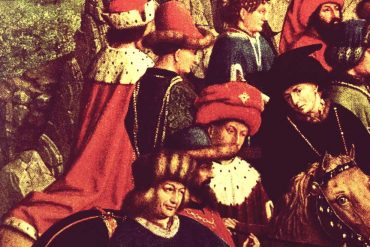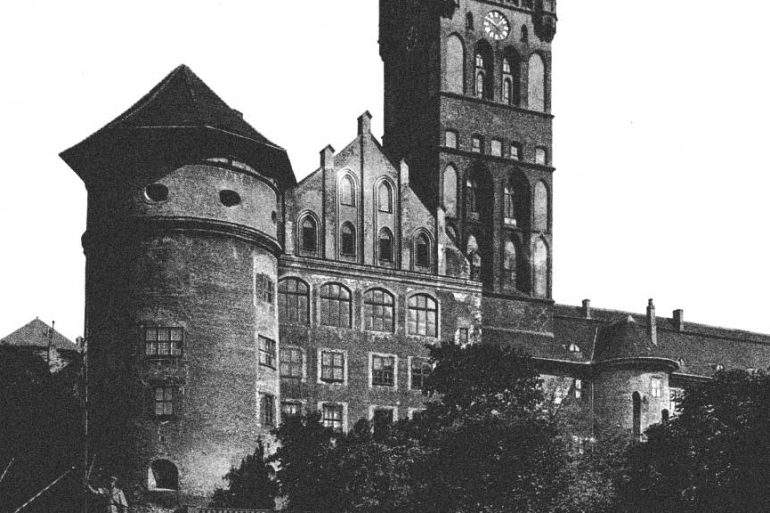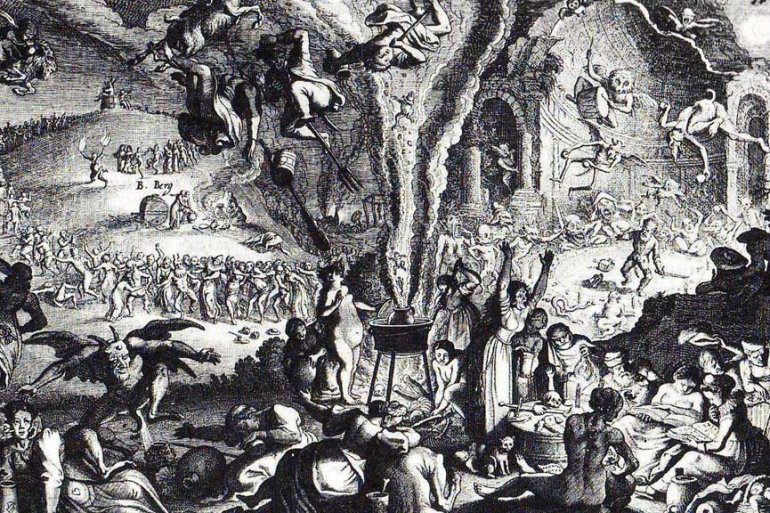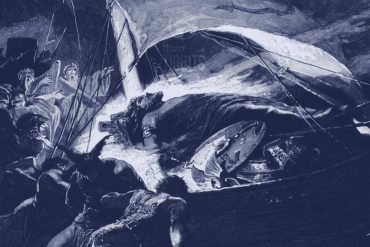The iconography of The Ghent Altarpiece has since a long time fascinated researchers. When it was finished in 1432, the work of art became instantly the most famous in Europe. It was the first real oil painting. Oil had been utilized to tie shades to artistic creations since the Middle Ages, however Jan van Eyck was the first to exhibit the genuine capability of oils, which permit far greater subtlety and detail than largely-opaque egg-based...
We already mentioned goddess Saga (https://www.maier-files.com/what-you-didnt-know-about-saga/), now let’s meet Frigg. Frigg was one of the more widely worshipped Germanic goddesses, appearing in Scandinavia, Britain, and on the Continent. Snorri names her the foremost of the Asynjur, a group of goddesses described as being equal in holiness and authority to the male Aesir (Gylfaginning, ch. 20). Nevertheless, very little is known about her worship, and until recently she has often been overshadowed by the better-known figure...
Did you know that witches consider amber as the best gemstone for locking thoughts and memories in place and keeping them safe? Known for its soothing properties Amber was used medicinally for thousands of years for headaches, heartaches, and pains of all kinds. (another hint in the Maier-files puzzle). One of the important threads in the Maier files series is the history and hidden secret of the Amber Room or in German Bernsteinzimmer. The Amber Room is a world-famous chamber decorated […]...
There exists several variations on the tale and many poems about Rose garden legends. King Laurin and the love of the month of May are the most famous ones. The Southern Tyrol saga of King Laurin (German term: König Laurin) belongs to a well known tradition in the Dolomites. It really is a widespread interpretation or explanation of the optical phenomenon of Alpenglow, where the peak of the mountains alter their color to tones of...
Hrafn The Bird Goddess is believed to be the earliest and best-documented deity. During the Paleolithic period (Old Stone Age), carved figurines and cave paintings began to appear in a vast area that stretched from the Pyrenees of France to Lake Baikal in Siberia, just north of Mongolia. Crows are mentioned in the mythology of many cultures throughout the world and are frequently depicted as guides for traveling between the worlds. In European fables, crows...
The attentive reader of the first episodes of Maier files will have noticed that the tale once told by Rolf Dietrich and the history of Otto Maier are filled with powerful themes and images that might provide a clue to the real hidden mystery, among them: the Rose Trail (Troj de Reses), web of woven silk, the knights in the line of Dietrich von Bern, the enchanted windmill, fiancée of the Month of May, the land beyond the North, Parzival […]...
The writer Aventinus stated that the Minne and the Minnesingers did not have anything to do with love and constant courting. Minne means “memories”. The sonnets render last honors to old lords, to the proud history of a folk and their secrets. In these songs one can find a hidden knowledge … Troubadours or Minnesingers such as Wolfram von Eschenbach proclaimed Sibilla a prophetess, a pythia of the Grâl and she dwelled inside a magical...
Laurin was probably one of the most popular poems concerning the knight called Dietrich and is attested in variety of manuscripts as well as in printed editions. It almost certainly originates in the 12th century in Tyrol, and has 4 major variations or versions. They all are written in rhyming couplets, except the Dresdner Laurin which is written in stanzas. The earliest version of the story (the so-called elder Vulgate edition (ältere Vulgatversion)) starts with...
In the last days of paganism in Germany, the druids’ sacrifices were subject to punishment by death at the hands of the literalist Christians. Nevertheless, at the beginning of springtime the “druids” and the populace sought to regain the peaks of the mountains so that they could make their sacrifices or experience their celebrations at these remote locations, intimidating and chasing off the Christians (usually through the latter’s fear of the devil). The legend of the first Walpurgis Night is […]...
From the veiled chapters of medieval lore to the intricate verses of sacred texts, the story of the craven angels has haunted humanity’s imagination for centuries. These ethereal beings, neither loyal to the divine nor rebellious with Satan, occupy a realm of ambiguity that defies simple categorization. Their tale is not one of heroism or outright damnation, but a lingering testament to the peril of neutrality in the face of moral conflict. The fate of...
The crime that finally turned the gods against Loki was his role in the death of Balder, however this event is also one of the great puzzles of northern mythology. Why were Odin and Frigg, with all their knowledge, not able to prevent the disaster? What did Odin say -before he climbed on bale-fire- into the ear of his son? This is maybe the greatest secret of the North that only two know. Snorri lets...
Deeper levels and meanings in tales not only transcend time, they also cross continents and cultures. These links and hidden meanings one can find best in original local tradition and folklore. One such link is the original French myth of Melusine, whose name is associated with honey. Her story recalls the Indian tradition whereby the royal lineage claimed to come from serpent deities. A theme that reoccurs in more than one folktale in the world. Count of Anjou The story […]...













